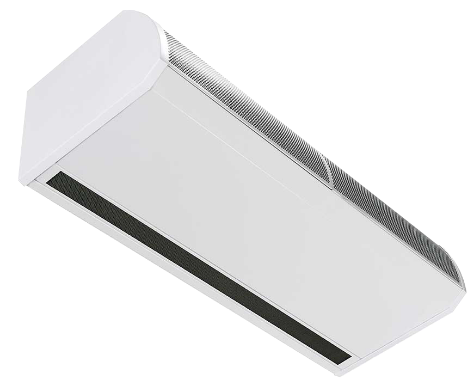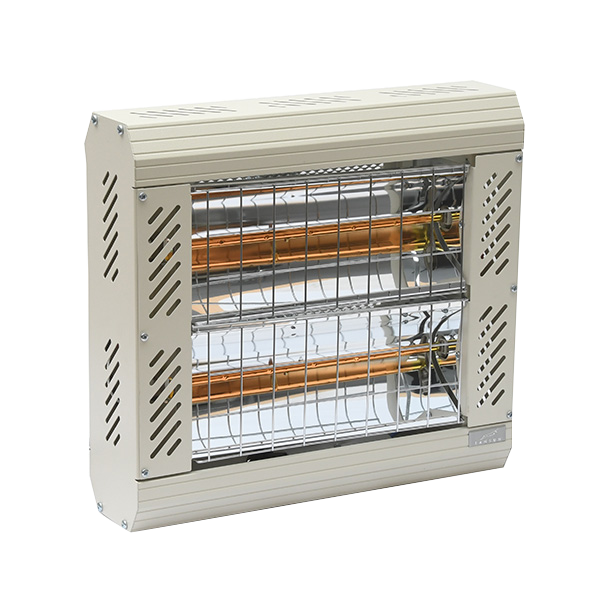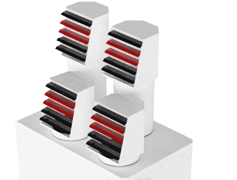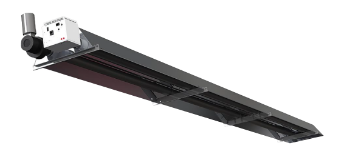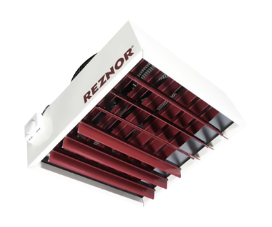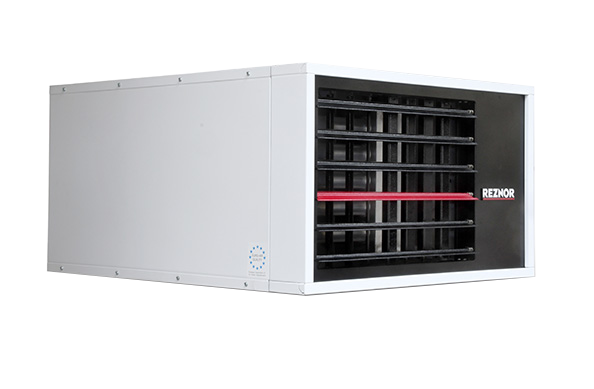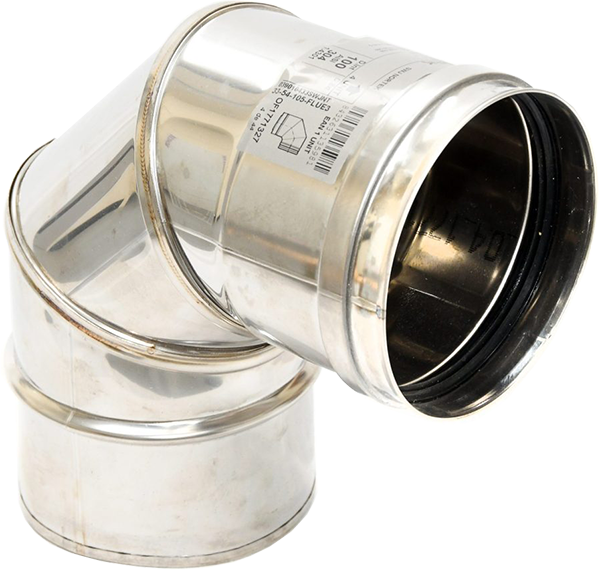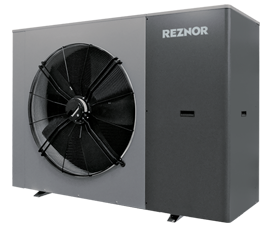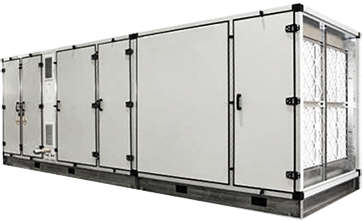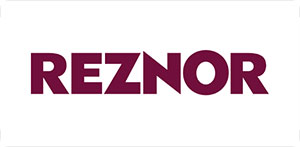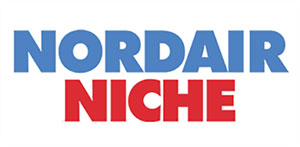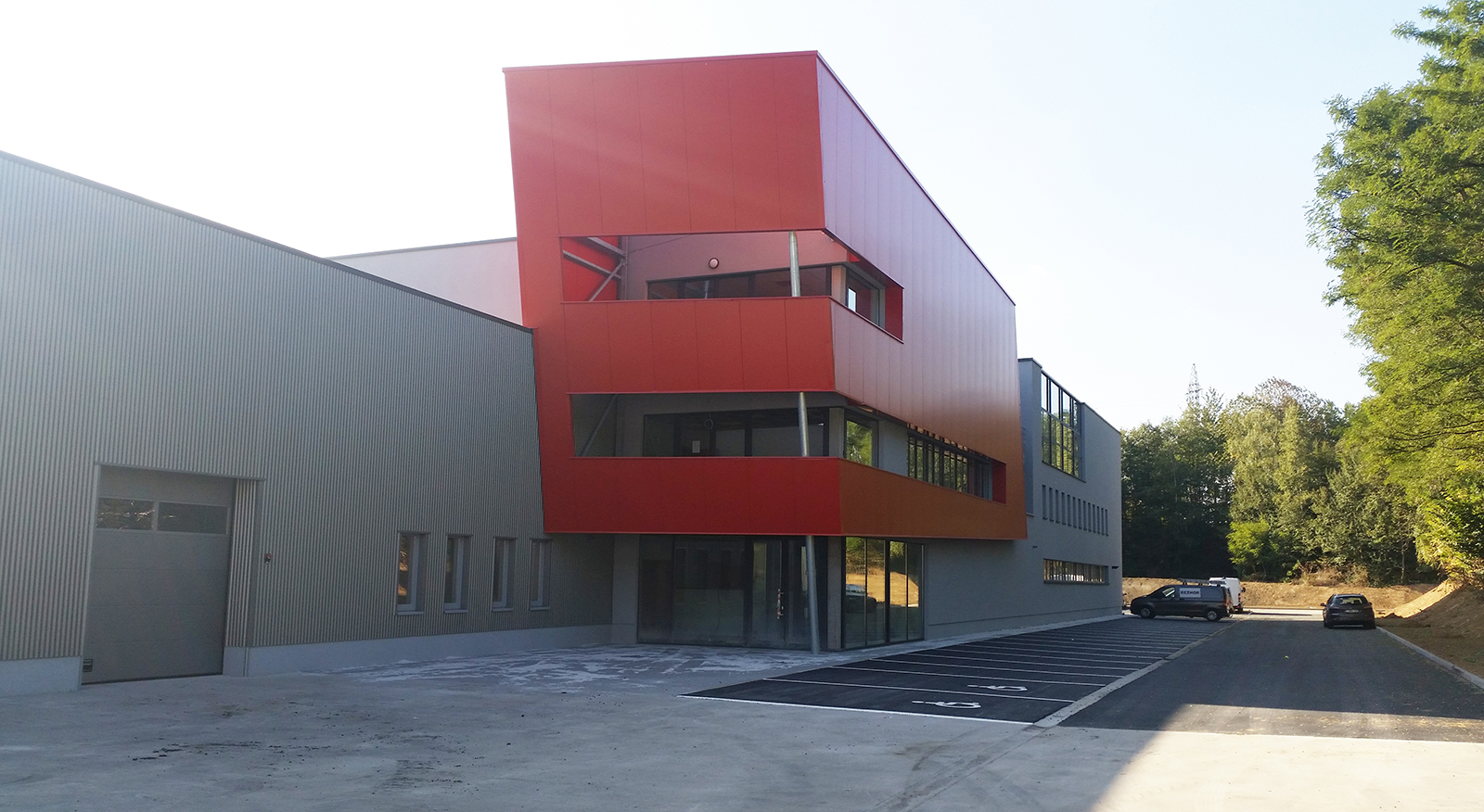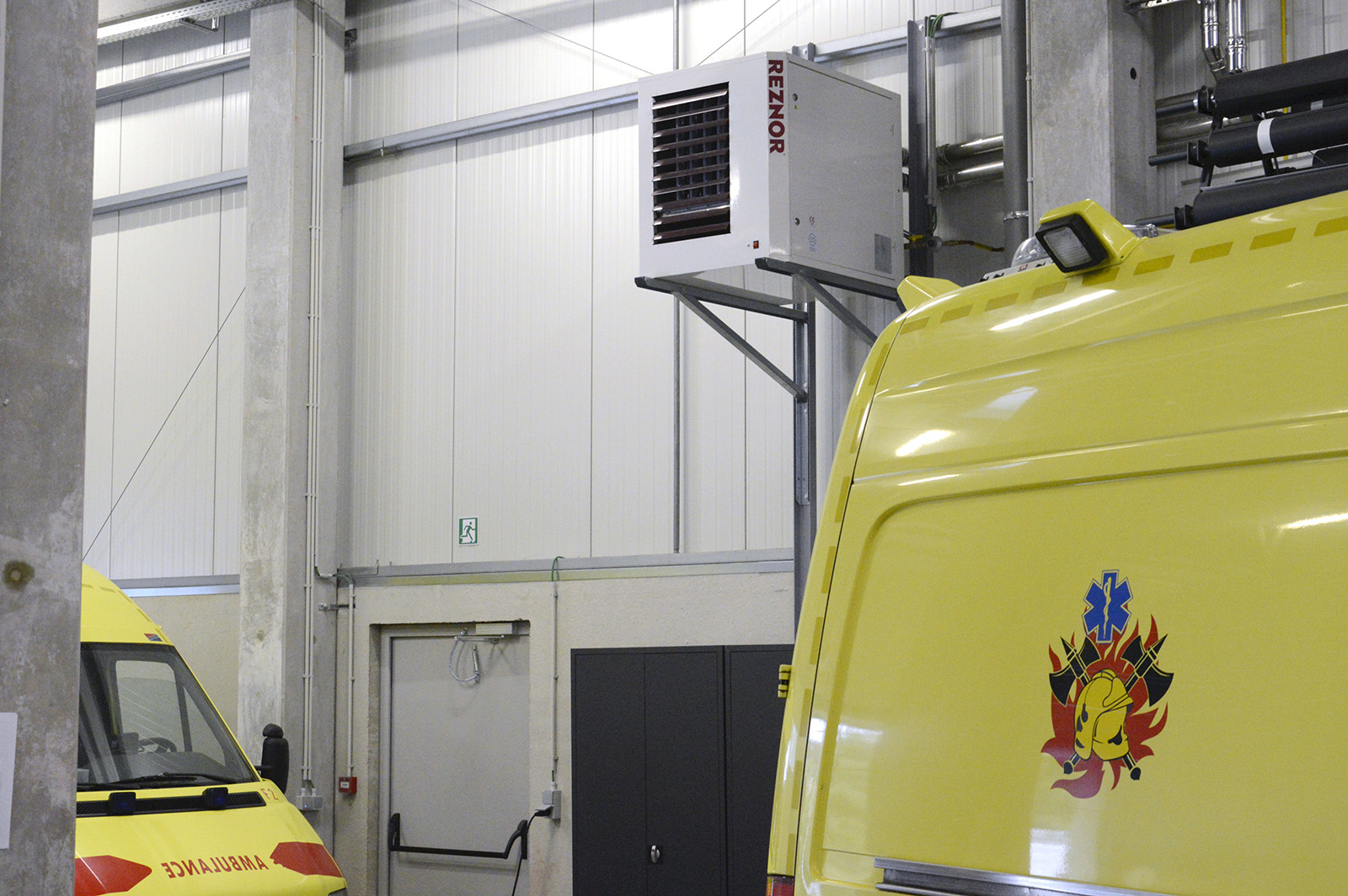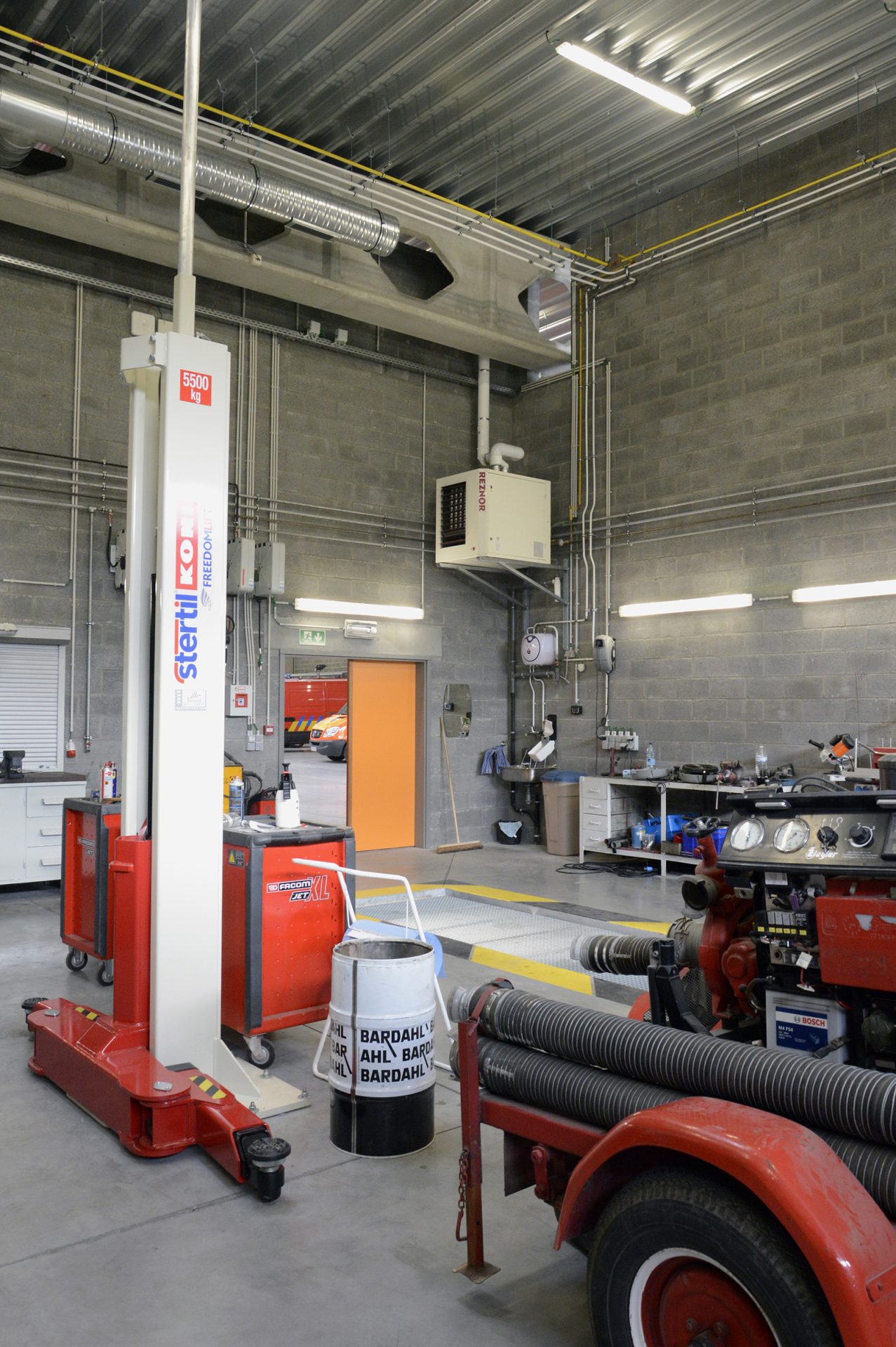The station houses 128 professional and voluntary firefighters, 22 ambulance personnel, 21 higher officers, 29 sub officers, 6 officers and 6 administrative employees. The fire station serves six municipalities with a total population of 88,000. Every year, 2,500 fire interventions and 4,000 ambulance interventions are carried out. The location of the new building was a strategic choice, near estates that accommodate companies in the chemical industry such as Solvay. Moreover, the new fire station is located next to the training centre for the fire brigades of the province of Namur. This enables the Zone Val de Sambre station and the training centre to contribute to, as well as benefit from each other.
It was not enough to improve training. Local municipalities and Fire Service leadership also wanted to reduce emergency response time, better maintain equipment and offer more comfort to personnel. “Here we have a building that combines operational, administrative, technical and logistic services. This means that the heating system had to be equally flexible,” says Marc Gailly, Sales Agent for Belgian Reznor distributor Molimex-therm. “The firefighters need a convenient place to work in, cook their meals, stay in shape and have a shower. The ambulance area and garage must be comfortable and the main hall required a minimum temperature of 5°C”.
Efficiency was an absolute prerequisite in all of this. “What the customer wanted is a building that offers comfort and at the same time meets the standards for passive houses,” says Consulting Engineer Valentin Hauthot, from CSD Ingénieurs. “Maximum energy efficiency was the main priority, not only for individual HVAC units but for the heating system as a whole.”
Therefore, Molimex-therm, together with contractor Techniterm, had to supply a flexible and efficient solution, more specifically high efficiency heating for large spaces.
Reznor’s gas fired unit heaters combined with destratification fans proved to be the perfect solution for large spaces. In the main hall, Techniterm installed three Reznor RHeco 50 gas fired unit heaters. Two RHeco 25 unit heaters were foreseen for the ambulance area and garage.
Reznor’s high efficiency RHeco is a unit heater with the lowest NOX and CO2-emissions on the market today: under 25 ppm; NOX class 5. These fully condensing gas fired heaters have a thermal efficiency of 109% NCV at partial load and 100% at full load.
“The Reznor RHeco is an excellent choice for passive-type buildings,” says Sales Manager Wim Ros of Nortek Global HVAC Belgium. “Unit heaters are the most efficient and ecological option to heat large spaces. What’s more, the RHeco not only complies with the European ErP directives that came into force in January 2018, but also with the even stricter requirements of the 2021 ErP directive”
In conventional unit heaters, some of the energy from the combusted gas and air mixture is lost in the flue gases that are vented outdoors. In the RHeco however, these flue gases are led through a secondary heat exchanger, in which the flue gases condense to below the dew point. When water vapour, which naturally occurs in flue gases, condenses, its latent heat will also be transferred to the heat exchanger and thereby to the air flow from the unit heater. Hence, less energy is needed to heat up the space.
To further improve the efficiency of the warm air heating system, six Reznor destratification fans push risen warm air from the space under the roof back to the ground level. By recirculating air, temperature gradients are reduced. With destratification fans, energy loss through the roof is avoided, and warm-up time will be significantly reduced.
Meanwhile the fire station has been in use for a few years and the final evaluation is positive. “The building fully meets customer requirements in terms of comfort as well as for energy efficiency”, according to Valentin Hauthot of CSD Ingénieurs. “What’s more, it is the first low energy fire station of its kind.”
The fire station’s Logistics Manager Steve Laloux is impressed by the energy performance of the building. “The first Winter was quite mild meaning we hardly had to turn the heating on, however it is wise to calculate in a margin. In Winter in the South of Belgium, temperatures can drop to -15°C. Compared to a traditional fire station we are saving 50% on our energy bill, and I am convinced we can go even 25% more efficient.”

